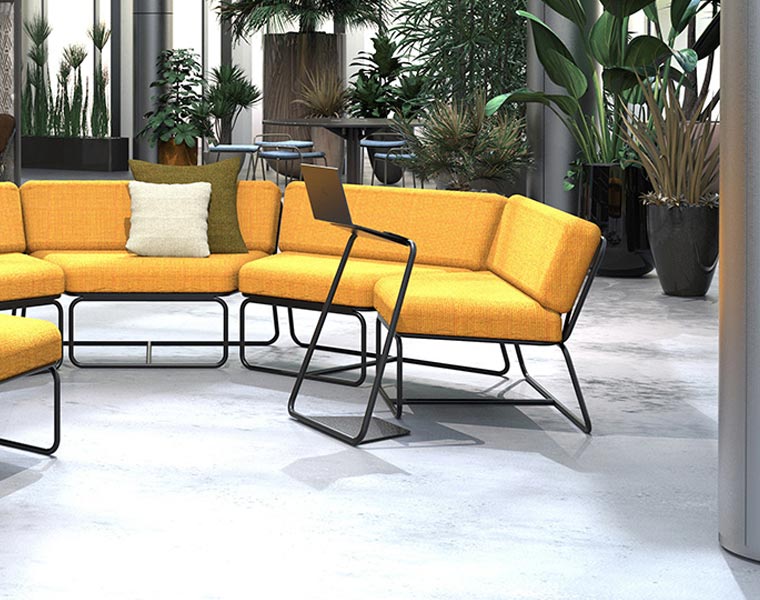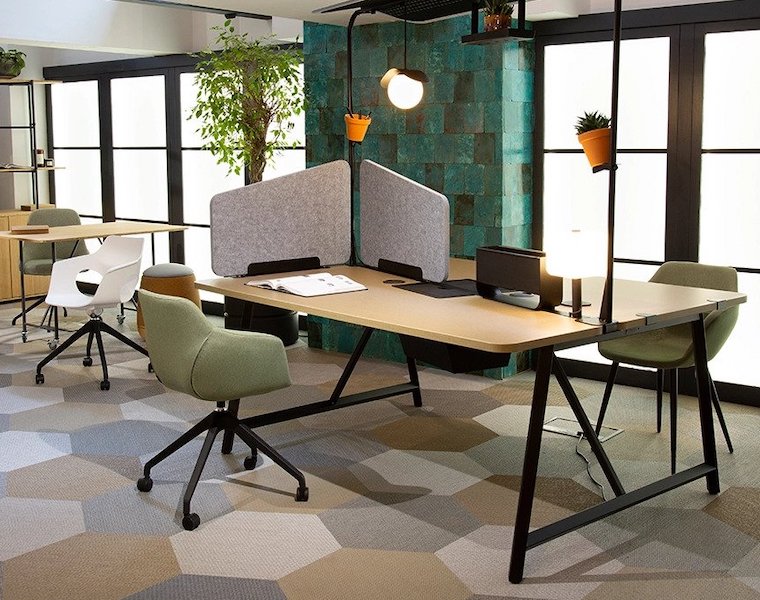Extending the lifespan of your office furniture is more important than ever. With rising costs—such as energy and utilities—you’re going to want to limit unnecessary spending as much as possible. Maintaining your office furniture well is one way to go about this by reducing the amount you need to invest in replacing or renewing your portfolio.
In this blog post, we share five ways you can make your office furniture last longer, from hygiene and maintenance to strategic design decision-making. Following this advice will help make sure your furniture portfolio is as future-proof as possible, saving you valuable cash in both the short and long terms.
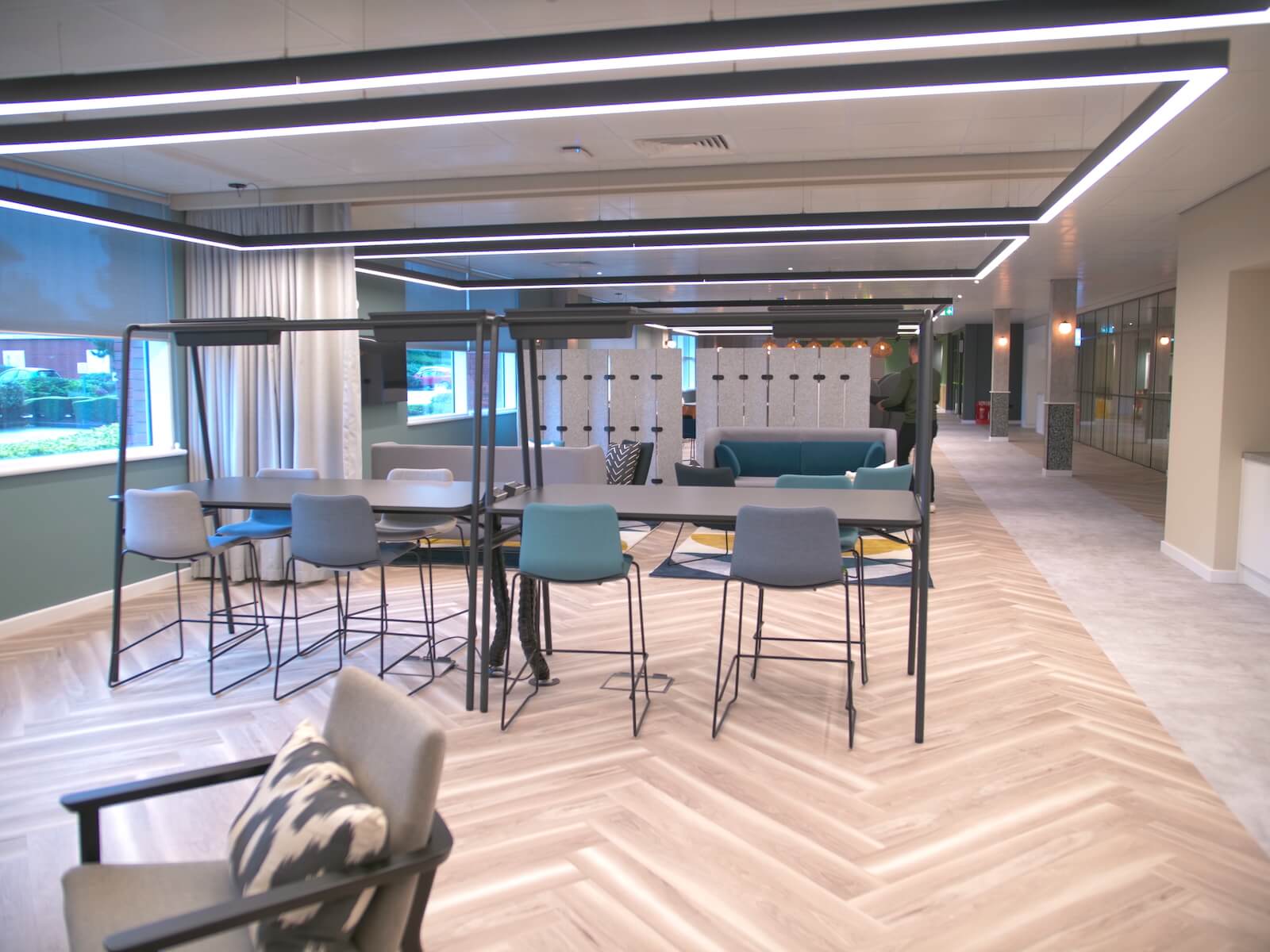
So, first things first:
Keep cleanliness and hygiene in check
One of the most effective ways to preserve and maintain your office furniture is to keep it clean. This might seem like an obvious piece of advice but when you’re running a busy business, you’d be surprised at how fast months—even years—can fly by without thoroughly cleaning your office furniture.
We’re not just talking about wiping sticky marks off surfaces or giving hard chairs a wipe-down. These are the types of things that should be done on a regular basis, as part of your daily cleaning schedule—especially in the wake of a viral pandemic.
We mean a deep, thorough clean of seats, desks, storage units, etc, to eliminate things like dirt, dust and bacteria. Not only do these things make for an unsightly working environment and poor indoor air quality, they also risk unnecessary damage to your office furniture.
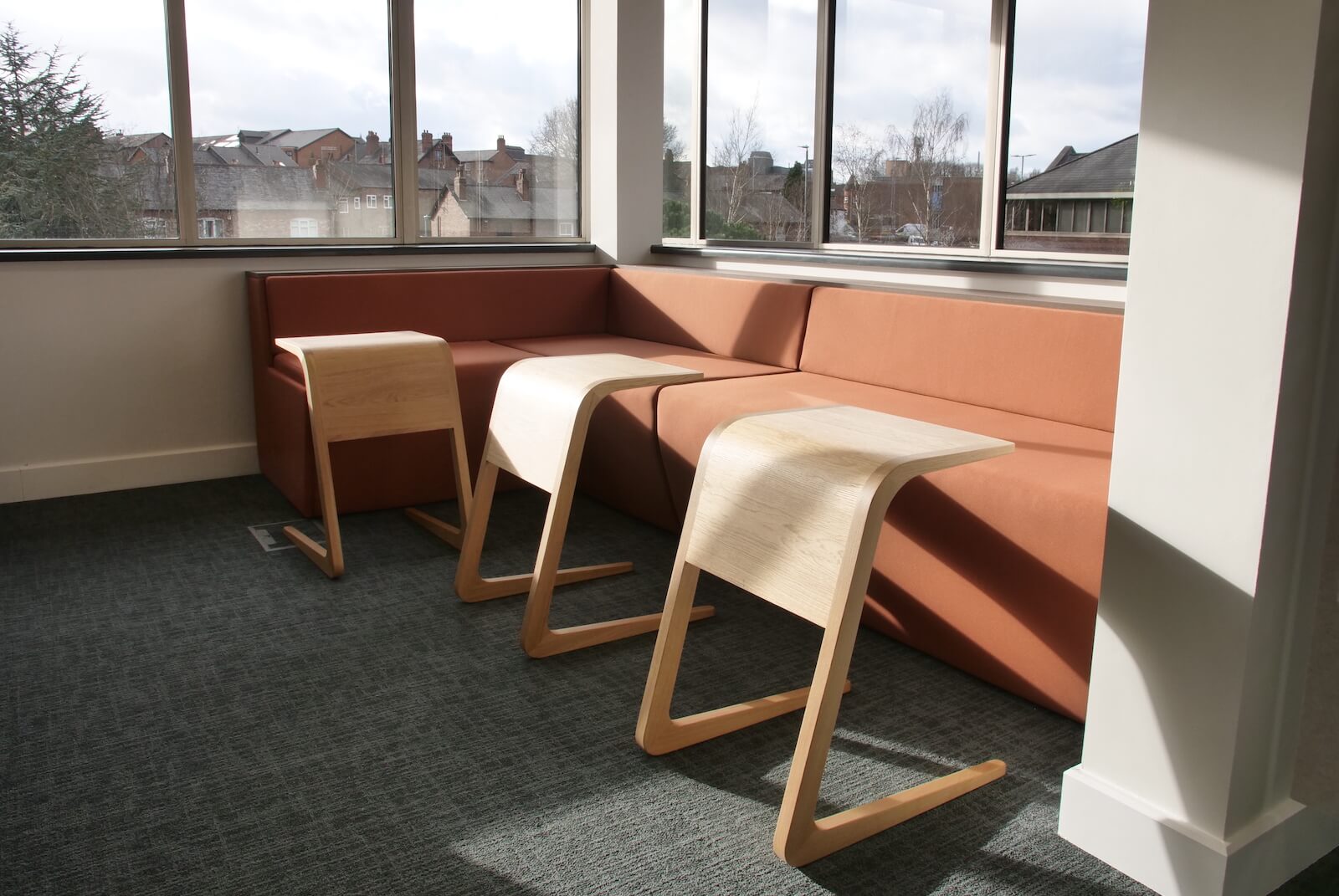
Some tips on how to clean your office furniture
Remove dust – Dust particles harbour viruses, bacteria and fungi which have an impact on things like lung function and eyesight over time, so it’s super important to de-dust your workspace as much as possible. Dust mites can also live and breed in your office furniture, making it appear dirty and old.
Top tip: Dust with a slightly damp cloth on hard surfaces to avoid scratches.
Be careful with your chemicals – Before you go ahead and use any old cleaning products on your furniture, do some research first. Certain chemicals, substances or materials can damage certain fabrics and surfaces so just make sure you’re doing more good than harm. Also avoid using too much water on anything that might warp, such as real wood.
If you’re unsure, check the furniture manual or consult the manufacturer’s website for guidance.
Give every part some TLC – This won’t be something you can sustain on a super regular basis but from time to time, make sure you’re cleaning more deeply than normal. Turn coffee tables upside down to clean underneath, remove cushion covers to wash them, empty out cupboards and drawers so you can clean shelves and interiors, for example.
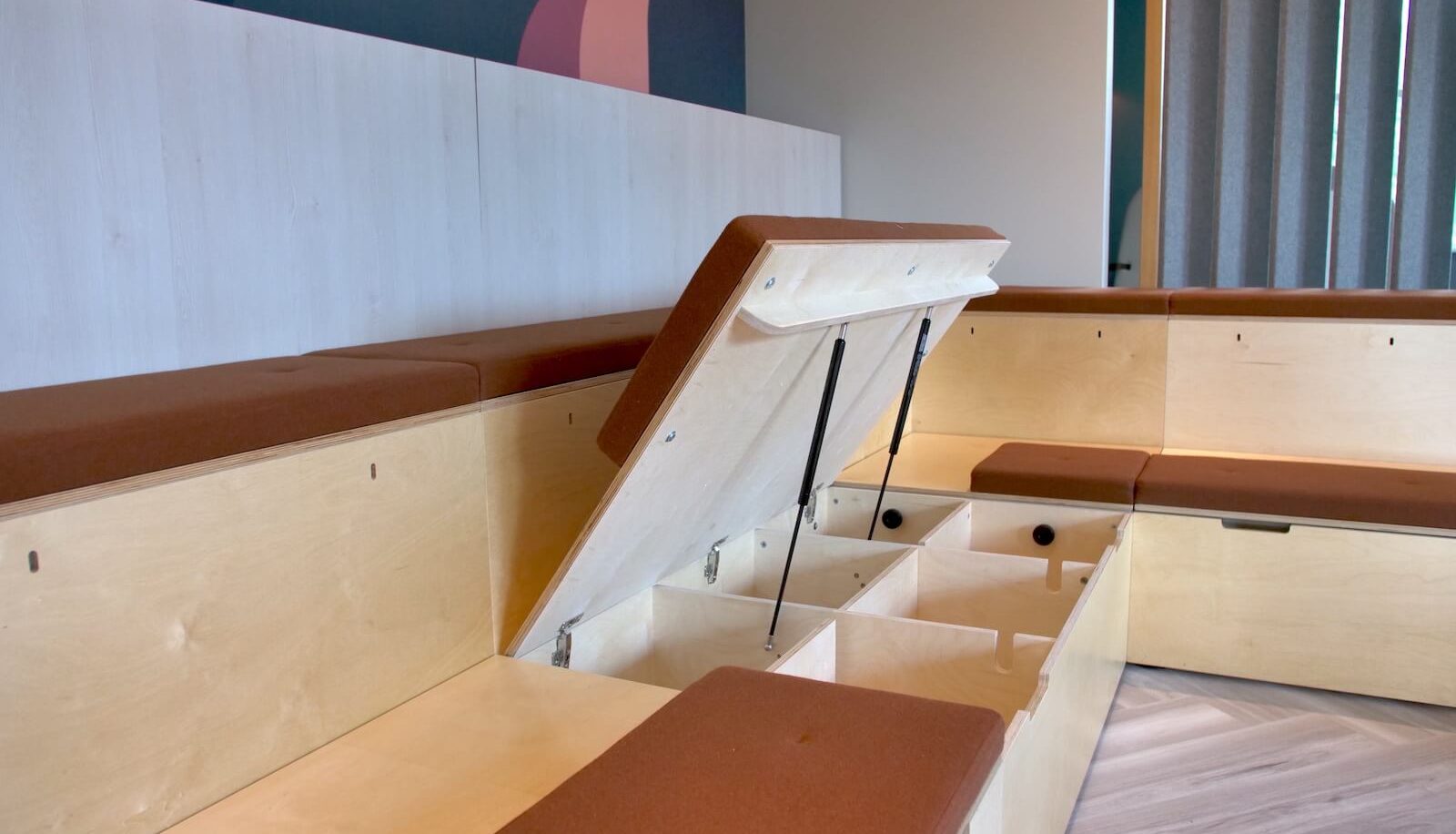
Reupholster fabrics when you need a refresh
Whether it’s because your current pieces are looking a little shabby or because you want to refresh the look and feel of your workspace, you don’t necessarily need to buy a whole new portfolio of furniture. This is a common misconception that ends up costing business owners a great deal of money, not all of which is necessary spending.
Instead, consider reupholstering applicable furniture pieces with new fabric. Not only will this refresh the furniture and make it look as good as new, but it will also allow you to create a fresh design aesthetic if you want to.
Reimagining an item of furniture in this way allows you to give it a whole new lease of life and means you can avoid disposing of it to buy something new. Not only is this more cost-effective, but it’s also far more sustainable.
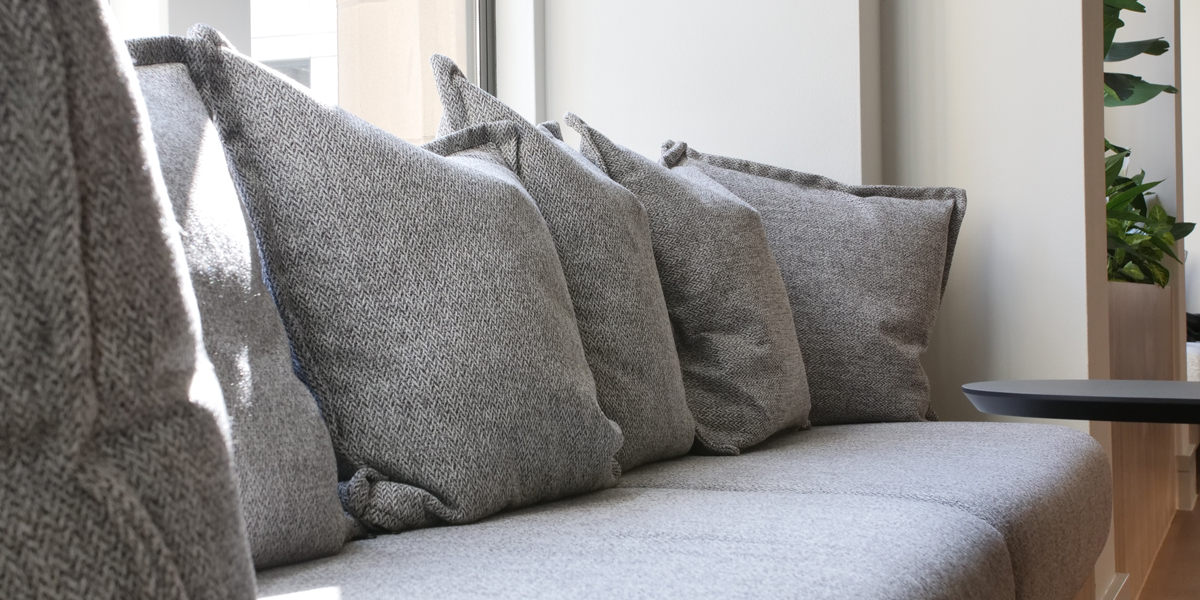
Of course, this won’t always be the most viable option and that’s where we’d recommend seeking some expert advice. Professionals, such as the Penketh Group team, can be looped in to share their thoughts on what furniture items have the most potential for reupholstering and reuse.
Find out more about our Assess, Reuse, Reupholster & Recycle service >>
Make your workspace more agile and reconfigurable
The days of dedicated desks and tethered workspaces are long over. Agile working and flexible office environments are here to stay. Not only does this bring myriad benefits around things like company culture, productivity, wellbeing and staff retention, it also opens up a great opportunity for you to make your office furniture portfolio work harder, extending its lifespan.
“How?”, you might ask. The answer: by incorporating more reconfigurable work settings. These are settings that can be easily adapted and reconfigured according to the task or requirement they need to fulfil.
So, for example, the same furniture could be used to create a dynamic collaboration work setting as it could to create a more enclosed private focus area. Being able to move furniture around to create different settings like this makes it inherently multifunctional and therefore far more future-proof.
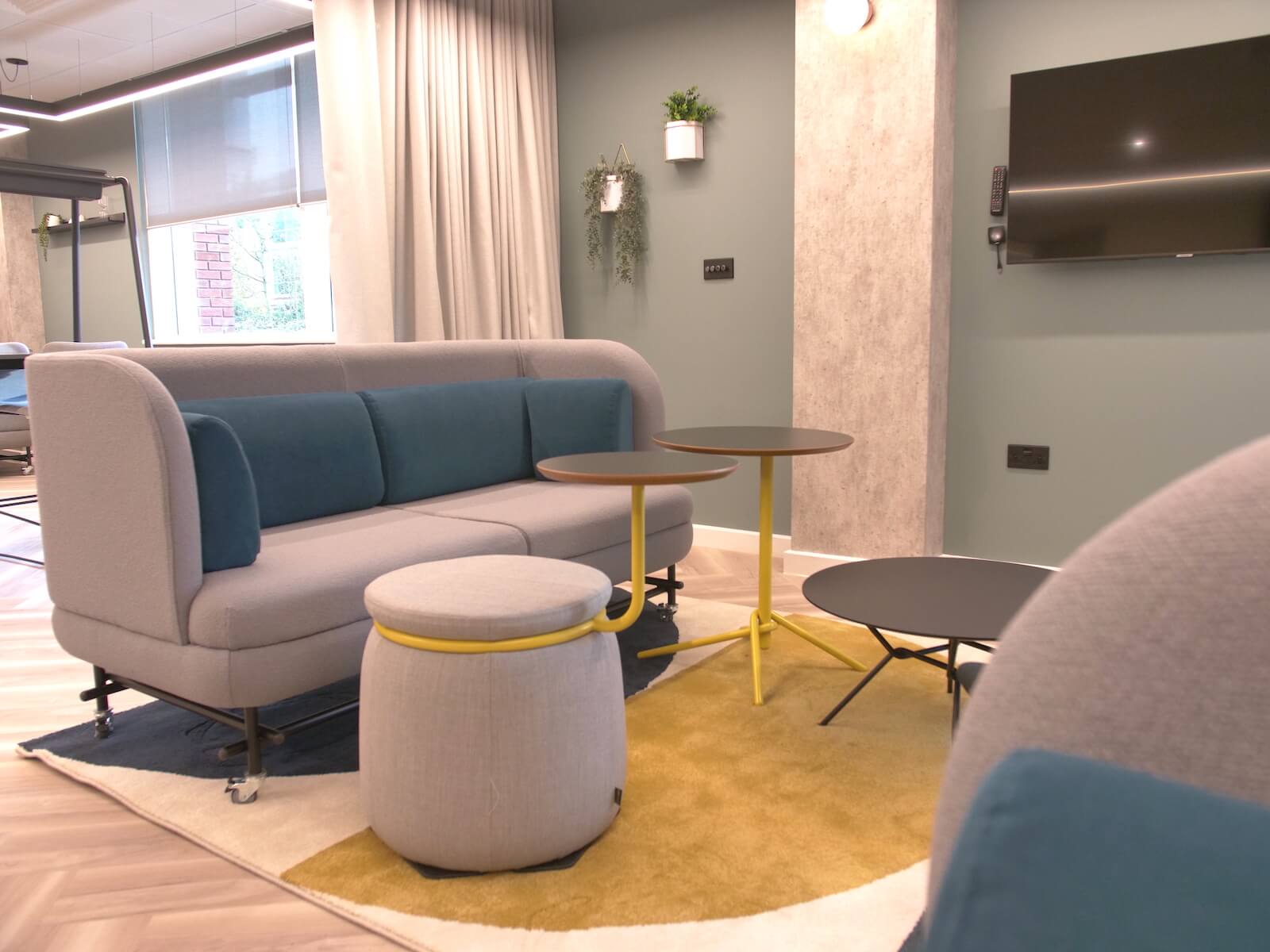
Don’t make buying decisions based on niche trends
Avoid making decisions about what furniture you want to install in your workspace based on niche trends. Timeless trends, such as neutral tones, are pretty safe because they can be easily adapted but ‘hot’ trends are risky business. This includes things like specific colours, fabrics and patterns and how these elements are combined.
Leading with current trends that are likely to shift in a short period of time runs the risk of you wanting to change your workspace design scheme more frequently. This makes the lifespan of your furniture much shorter and will inevitably lead you to spending more money more often.
When investing in furniture it’s important to ensure that the main, key pieces are adaptable and versatile. It’s perfectly okay to elevate this with some smaller, less expensive pieces that experiment with current trends but make sure the canvas you’re working with is as future-proof as possible.
